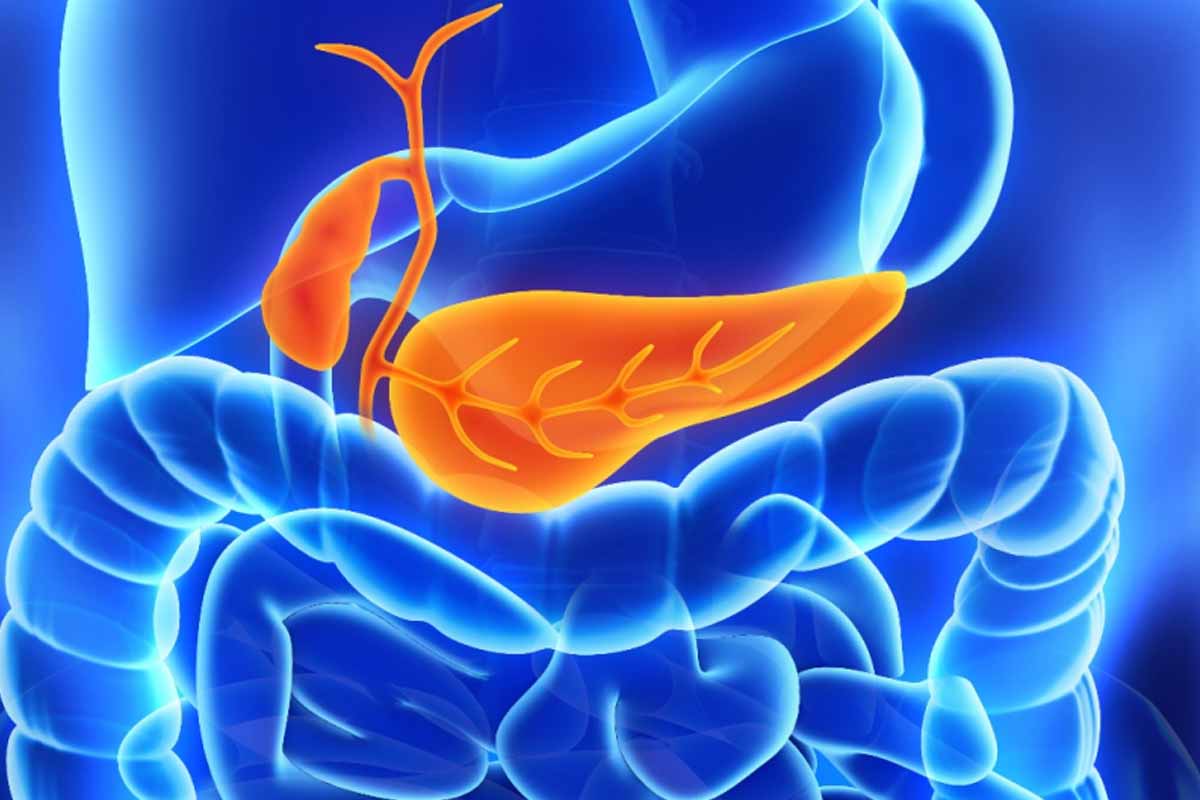A new picture is coming into focus. Diabetes no longer fits a simple two-type frame, and the newest category proves it. An official body has now recognized an additional form, which changes how clinicians classify, test, and treat. The disease still centers on high blood sugar, yet the roots differ widely. Because cause shapes care, labeling matters. It protects patients from one-size-fits-all plans and wrong assumptions, while it guides therapies that actually work.
What the New Category Changes in the Big Picture
This condition is a family of disorders that share raised glucose yet diverge in origin and course. Naming each branch clearly improves screening, treatment choices, and follow-up. It also reduces blame, since many forms do not stem from lifestyle. Clear types help families plan, teams coordinate, and systems fund effective care.
The new label lives inside this larger map. Diabetes appears when the pancreas cannot keep blood sugar steady, because insulin is missing, blocked, or both. Some forms begin early; others emerge with age or pregnancy. Some need insulin from day one; others respond to targeted tablets or weight-loss plans. The label sets direction before any dose.
Precision also protects people from delays. A child with sudden thirst and weight loss needs fast insulin, not diet talk. An adult with gradual resistance may benefit from medication that eases liver output. A mother screened mid-pregnancy needs close monitoring now, and prevention advice later. Names unlock the right door.
How diabetes Types Differ in Origin and Care
Type 1 starts when the immune system destroys insulin-making cells. It can strike any age, though it often appears in youth. It is not caused by food choices. Genes contribute; so do environmental triggers, including some viral infections. That mix explains sudden onset and the need for rapid treatment.
Because the pancreas stops producing insulin, lifelong replacement becomes essential. People use injections or pumps to stay safe and active. Education, glucose monitoring, and community support remain central. Families learn to manage highs and lows, plan meals, and adapt routines. With good tools, children still play, study, and dream big.
Advanced options exist for select cases. Islet transplants can reduce severe low episodes when other strategies fail. Stem-cell-based approaches aim to restore insulin-producing cells. Early studies look promising, yet access stays limited. Costs, donor supply, and protocols still evolve. For now, the standard remains clear: reliable insulin, real-time data, and skilled care.
Type 2: Prevalence, Drivers, and Reversal Paths
This is the most common form worldwide and often appears in adults. A higher BMI increases risk; however, lean people with strong genetic load can develop it. Some ethnic groups face greater odds, including African, Caribbean, and South Asian communities. Family history adds weight, so early checks help.
Treatment starts with daily habits and targeted drugs. Metformin improves insulin sensitivity and curbs liver glucose release, which lowers fasting levels. Many other medicines work by different paths. Teams tailor combinations to glucose patterns, kidney function, and heart risk. Education matters, since routines shape results. Progress gets tracked and plans adapt.
Weight loss can shift the course. A structured 800-calorie plan has reversed the condition in many participants. In one major study, 46 percent maintained remission after twelve months. That number shows hope and duty. Systems must support safe programs, follow-up, and relapse prevention. Diabetes care also means building conditions for change.
Why Early-Life Nutrition Shapes diabetes Risk for Millions
The newest addition—often called type 5—links to malnutrition in early life. When mothers and young children lack protein and key nutrients, the developing pancreas suffers. The organ stays smaller, with fewer insulin-producing cells. Later, the body cannot meet demand, even with balanced meals. This origin differs from autoimmunity or resistance.
Animal studies strengthen the case. Low-protein diets during pregnancy disrupt pancreas growth and lead to lifelong limits. That pattern supports a developmental cause, not an attack or overload story. It also highlights prevention. Protecting nutrition during pregnancy and childhood can change futures, families, and regional health costs, with lifelong benefits across generations.
Scale makes this urgent. Estimates suggest twenty to twenty-five million people may live with this form, mainly in low-income regions. Official recognition guides screening, records, and treatment pathways. It also redirects resources to where need is greatest. Labels alone do not heal; however, they focus budgets, training, and policy on proven steps.
Gestational, Monogenic, 3c, and Cystic Fibrosis Forms
Gestational hyperglycemia usually appears between weeks twenty-four and twenty-eight. Hormones reduce insulin action during pregnancy. Risk rises with higher weight, family history, older age, and previous large babies. Some communities—Middle Eastern, South Asian, African, and Caribbean—face higher odds. Levels often normalize after birth, yet future type 2 risk increases.
Some forms come from single-gene changes. Neonatal cases begin in the first months of life; certain ones respond to tablets that trigger insulin release. Maturity-onset in the young shows strong heredity, with several gene-based subtypes. Precise diagnosis matters, since treatment differs by mutation. Families gain clarity, options, and informed counseling.
Type 3c follows pancreas damage from inflammation or surgery. Another well-known variant affects people with cystic fibrosis; about one-third have it by age forty. Multidisciplinary teams watch nutrition, lungs, and glucose together. Plans adjust for enzymes, infections, and therapy load. Here, diabetes is part of a complex picture, so integrated care is essential.
Next Steps That Turn Labels Into Better Daily Care
Names are a means to action. With the new category in place, teams can match therapy to cause more safely. Some people need insulin with education and sensors. Others respond to tablets with lifestyle support. A subset benefits most from weight-loss programs, close monitoring, and relapse prevention. Diabetes care improves when systems fit real lives.
